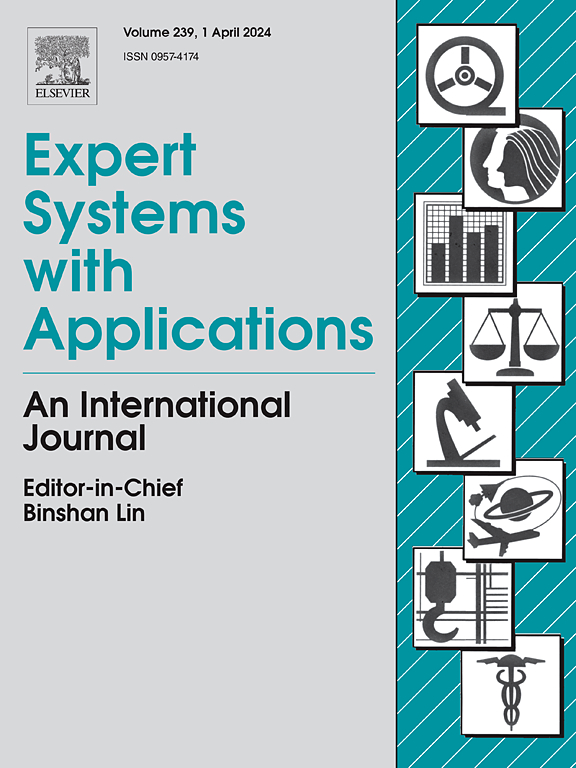基于齐次马尔可夫链的医院多科室床位调度与患者再分配联合优化
IF 7.5
1区 计算机科学
Q1 COMPUTER SCIENCE, ARTIFICIAL INTELLIGENCE
引用次数: 0
摘要
医院床位的调度受到诸如临床空间利用不理想和患者等待时间延长等问题的阻碍,从而导致医疗资源分配不公平。为了提高病人的护理质量,必须采取有效的资源配置和管理策略。因此,针对当前科室间资源分配不均、患者无法及时得到治疗的问题,本文提出了一种基于齐次马尔可夫链的医院多科室床位调度与患者再分配模型。首先,考虑病房的总容量,对患者的住院情况进行分类。第一次入院的患者被指定为第1级,因首次入院失败而转移或入院后重新分配的患者被指定为第2级。采用齐次马尔可夫链对患者在不同科室之间的转移过程进行建模,并引入动态因素来模拟患者在等待期病情的恶化。并设计了启发式优化模型,对患者转移模型进行了客观评价。再次,对于salp swarm algorithm (SSA)算法,提出混沌策略来增强种群的平均分布,引入动态搜索策略来解决算法陷入局部最优的问题,并采用动态学习策略来提高精英个体对未知领导者的影响,从而加快算法的收敛速度。采用改进的salp群算法对模型进行求解,并对改进算法的性能进行了测试。最后,通过数值算例验证了所提模型的实用性和算法性能的优越性。研究结果表明,该模型将首次病床分配成功率提高了122%,验证了患者转移过程模型的有效性和适用性。此外,适度增加床位资源可使医院的病人再分配量减少40.2%。本文章由计算机程序翻译,如有差异,请以英文原文为准。
A novel joint optimization of bed scheduling and patient re-allocation for hospital multiple departments based on homogeneous Markov chain
The scheduling of hospital beds is hindered by issues such as suboptimal utilization of clinical spaces and prolonged patient waiting times, resulting in an inequitable allocation of medical resources. To improve the quality of patient care, the adoption of efficient resource allocation and management strategies is imperative. Thus, in response to the current issues of uneven resource allocation among different departments and the inability of patients to receive timely treatment, this paper proposes a hospital multi-department bed scheduling and patient reallocation model based on homogeneous Markov chains. Firstly, the total capacity of the ward is considered to classify patients’ hospitalization statuses. Patients who are admitted for the first time are designated as Level 1, while those who are either transferred due to failure of initial admission or reassigned after admission are categorized as Level 2. A homogeneous Markov chain is employed to model the patient transfer process between different departments, with a dynamic factor introduced to simulate the deterioration of patients’ conditions during the waiting period. And, a heuristic optimization model is designed to provide an objective evaluation of the patient transfer model. Again, for the salp swarm algorithm (SSA) algorithm, a chaotic strategy is proposed to enhance the population’s average distribution, a dynamic search strategy is introduced to address the issue of the algorithm getting trapped in local optima, and a dynamic learning strategy is implemented to improve the influence of elite individuals on unknown leaders, thereby accelerating the algorithm’s convergence rate. The modified salp swarm algorithm is employed to solve the model, and tests are conducted to evaluate the performance of the improved algorithm. Finally, through numerical examples, the practicality of the proposed model and the superiority of the algorithm’s performance are demonstrated. The research results show that the model increases the success rate of first-time patient bed allocations by 122 %, confirming the effectiveness and applicability of the patient transfer process model. Moreover, a moderate increase in bed resources can reduce the hospital’s patient reallocation volume by 402 %.
求助全文
通过发布文献求助,成功后即可免费获取论文全文。
去求助
来源期刊

Expert Systems with Applications
工程技术-工程:电子与电气
CiteScore
13.80
自引率
10.60%
发文量
2045
审稿时长
8.7 months
期刊介绍:
Expert Systems With Applications is an international journal dedicated to the exchange of information on expert and intelligent systems used globally in industry, government, and universities. The journal emphasizes original papers covering the design, development, testing, implementation, and management of these systems, offering practical guidelines. It spans various sectors such as finance, engineering, marketing, law, project management, information management, medicine, and more. The journal also welcomes papers on multi-agent systems, knowledge management, neural networks, knowledge discovery, data mining, and other related areas, excluding applications to military/defense systems.
 求助内容:
求助内容: 应助结果提醒方式:
应助结果提醒方式:


